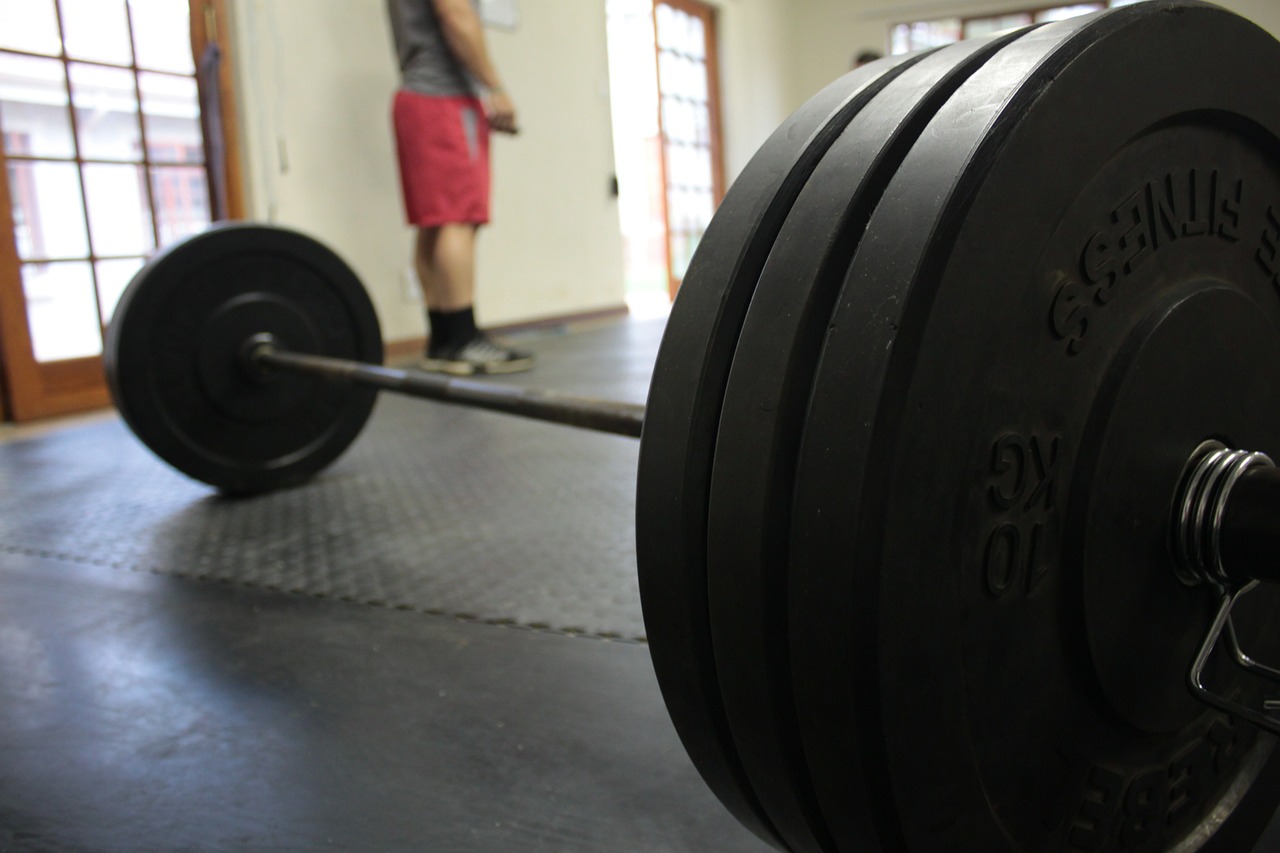
Barbell Squat Depth Correlation to Sports Performance
Barbell Squat Depth Correlation to Sports Performance
When it comes to squatting in the gym, there are many differences in opinions regarding bar positioning, depth of the squat, how quickly to drop through the eccentric or “lowering phase”, or the width of stance. For the sake of the argument that squat form, flexibility, and neuromuscular recruitment also have huge implications on an athlete’s squatting effectiveness, this article will only focus on individuals that can perform a full depth squat at or above their own body weight loaded on a barbell. Knee flexion (bend) during a squat is used as the determinant on how deep the squat was performed. Knee flexion is 0°-10° before lowering into the eccentric phase of a squat; knee flexion of 20°-30° is considered “shallow depth”, 90° is considered “parallel” and 140° or greater is considered “full depth”. According to a study done by the Journal of Sports Medicine, knee position alters muscles activation of the quadriceps and gluteus maximus muscles. A squat at 90° generates the highest overall muscle activation. Squatting at 140° or more generates the lowest overall muscle activation of the vastus lateralis and gluteus maximus only but can enhance overall knee mobility In sports performance, it is important to remember two things when training, 1: you are seeking out improvements in performance not how much weight you can put on your back and 2: always assess the depth of your squats or ask someone to watch your knee flexion. Proper squats correlate to an increase in sprint speed and vertical displacement/jumping which are two qualities that underline most field sporting events.
